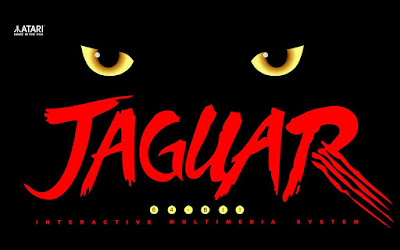However, to say that Blame! features traditional storytelling would be a bit of a lie.
 |
| Seriously, how exactly does one adapt something like this to anime? |
Minus the occasional part where story actually gets the focus, reading Blame! is mostly a visual experience, one where Killy (& sometimes his occasional partner, Cibo), without saying a word, simply traverses various sections of The City, almost all of which are empty & lifeless... yet also absolutely beautiful in their scope, scale, & design. As Jason Thompson stated in his write-up of the manga for ANN back in 2013, it kind of feels like a procedurally-generated dungeon you'd find in a Roguelike, with even the back of every Japanese tankouban describing Blame! as being about "Adventure Seeker Killy in the Cyber Dungeon Quest", and considering how The City is designed to expand it makes perfect sense. However, while this extremely visual style of sequential art storytelling might work well for manga, and even then it's something that just won't work for some, it does result in a bit of a conundrum for animation. That being said, Blame! has seen a handful of anime adaptations ever since the 00s, and true to Nihei's most non-standard debut work, there's a long & interesting journey towards its final destination. So let's go over these anime in the order they were made, and see if any of them manage to capture the desolate & (generally) isolating nature of Blame!.


